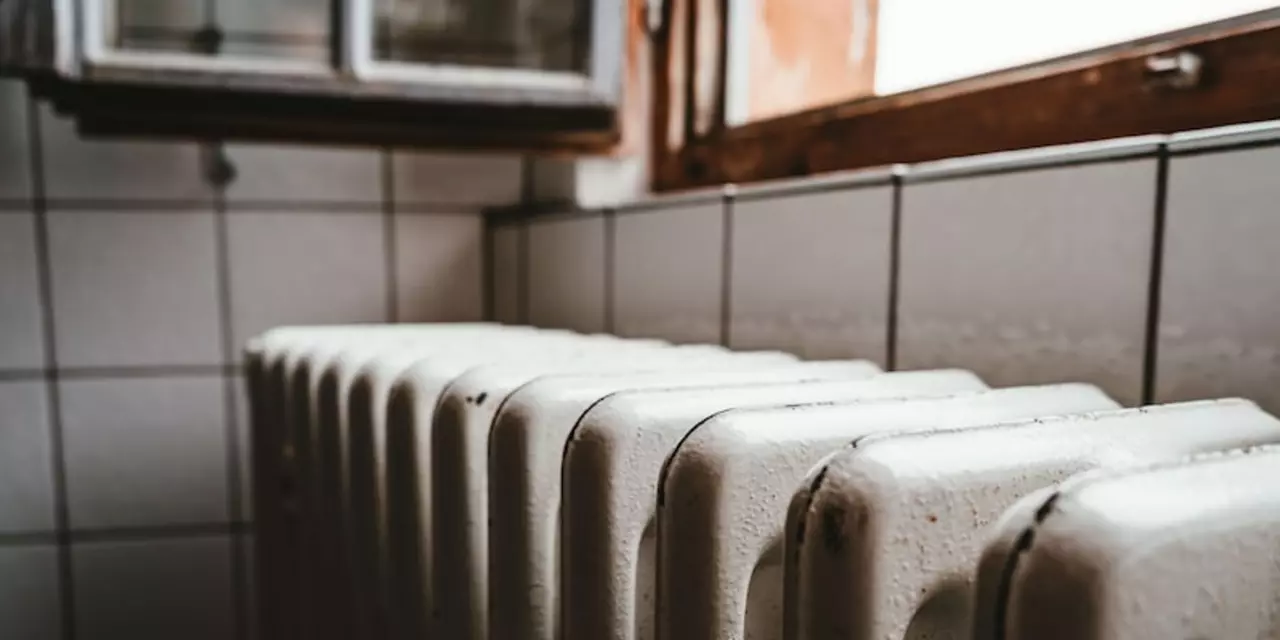Automotive Maintenance & Repair: Why Some Cars Have Multiple Radiators
Ever wondered why a few cars sport more than one radiator? It's not just for looks – it’s a real engineering trick to keep the engine from blowing a gasket. In everyday terms, more radiators mean more heat‑removing power, which translates to a cooler, smoother ride. Let’s break down why this matters for anyone who owns, fixes, or simply admires a car.
How Multiple Radiators Boost Cooling Efficiency
A single radiator does a decent job in most daily drivers, but high‑performance or turbocharged engines generate a lot of heat fast. Adding a second (or even a third) radiator spreads the thermal load, allowing each unit to dissipate heat more efficiently. Think of it like having two fans in a room instead of one – the air moves quicker, and the temperature drops faster.
Most multi‑radiator setups pair each unit with its own fan and dedicated airflow path. This design stops hot air from one radiator feeding back into the other, which would reduce overall cooling. Some cars even route coolant through a tiny radiator for the oil system, keeping the oil temperature in check while the main radiators handle engine coolant.
Practical Maintenance Tips for Multi‑Radiator Systems
Maintaining a single radiator is straightforward, but when you have several, a few extra steps keep things running smoothly. First, check the coolant level in each circuit regularly – low fluid in any loop can cause overheating in that segment. Use the correct coolant mix for your car; the wrong type can corrode fins and reduce heat transfer.
Second, inspect each fan for proper operation. A failing fan on one radiator can quickly overheat that part of the system, even if the other radiators are fine. Listen for unusual noises and feel for airflow at each grill. Cleaning the radiator fins is also key – dust or bugs can choke airflow, especially on secondary radiators tucked behind body panels.Third, keep an eye on hoses and clamps. More radiators mean more hoses, and a cracked hose can lead to a sudden loss of pressure. Look for swelling, cracks, or coolant leaks at every connection point when you do a visual inspection.
Finally, schedule a pressure test for the entire cooling system at least once a year. This test reveals hidden leaks and verifies that each radiator holds pressure as designed. If you notice the temperature gauge spiking after a short drive, it could be a sign that one radiator isn’t pulling its weight.
Overall, multiple radiators are a smart solution for high‑heat engines, but they demand a little extra TLC. By checking coolant levels, fans, hoses, and fin cleanliness, you can avoid costly overheating failures and keep your car performing at its best. Whether you’re a weekend racer or a daily commuter, understanding these basics helps you stay ahead of cooling problems before they start.
 16 February 2023
16 February 2023
Why do some cars have multiple radiators?
Some cars have multiple radiators to improve their performance and keep the engine running smoothly. This is due to the fact that more radiators provide more cooling capacity and more efficient engine cooling. The additional radiators often have a dedicated fan and air intake system to ensure optimal airflow and efficiency. Additionally, having multiple radiators allows for more flexibility in the engine design, as the radiators can be used for different purposes. Finally, multiple radiators also help to reduce the risk of overheating, as they provide a backup system in case one radiator fails.





0